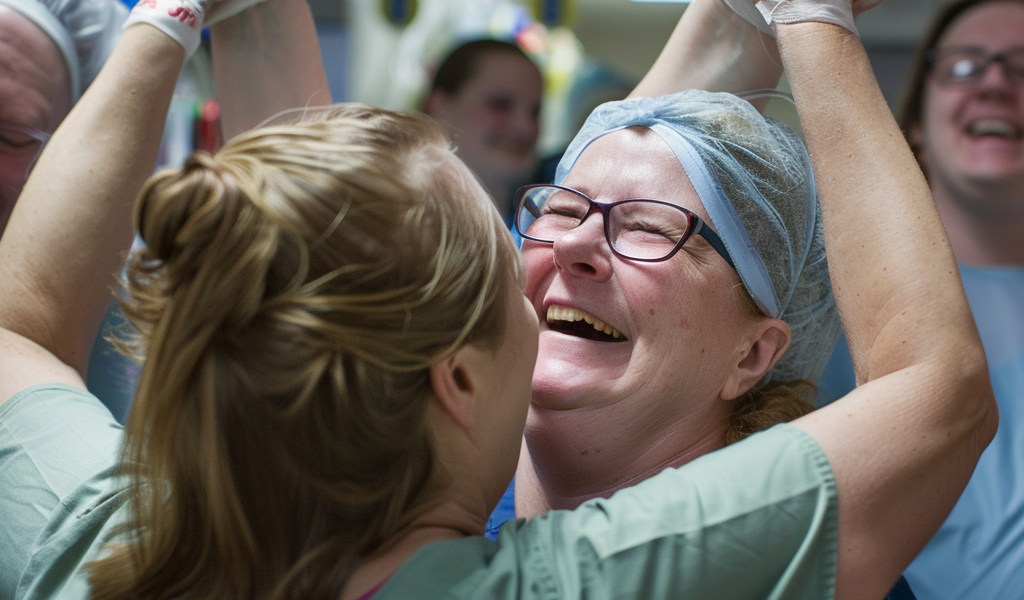An extraordinary medical breakthrough has taken place as a world-first procedure successfully implanted a ‘pacemaker for the brain’ in a child, all thanks to the precision of a robot. The remarkable story revolves around an eight-year-old girl named Karleigh Fry from Oklahoma, who was suffering from paralyzing brain damage that had left her unable to perform basic functions like eating, walking, or even sitting up on her own.
However, following the groundbreaking surgery, Karleigh has experienced a miraculous transformation. She can now raise her arms above her head, and there are encouraging signs of movement in other parts of her body. The robotic device delicately inserted an electrical implant into her brain, effectively ‘reawakening’ the areas responsible for movement.
While surgical robots have been utilized in the past for implanting brain stimulators, this particular procedure marks the first time such an operation has been carried out on a child. Dr. Amber Stocco, the pediatric neurologist involved in the surgery, described this achievement as a significant milestone in medical history.
This revolutionary development not only holds promise for Karleigh but also sets a precedent for the future of pediatric neurosurgery worldwide. The procedure has already shown promising results for the young patient, with doctors optimistic about the potential impact on similar cases.
Karleigh’s mother, Trisha Fry, expressed her joy at witnessing immediate improvements in her daughter’s condition once the electrical device was activated. She expressed confidence in Karleigh’s bright future ahead.
Karleigh suffers from a rare hereditary condition known as rapid-onset primary dystonia, a neurological disorder characterized by painful muscle contractions and abnormal movements. In her case, the condition had rendered her immobile due to severe muscle pain. Medical experts believe that this form of dystonia disrupts normal brain function, particularly in areas controlling involuntary movements.
The deep brain stimulation implant, equipped with stimulating electrodes, played a crucial role in interrupting abnormal brain activity and restoring normal movement patterns for Karleigh. This innovative device has shown immense potential in treating such neurological conditions, offering hope to patients facing similar challenges.
The successful implementation of the ‘pacemaker for the brain’ in a child not only highlights the remarkable progress in medical technology but also underscores the transformative impact of robotics in intricate surgical procedures. This breakthrough paves the way for enhanced treatment options and improved outcomes for pediatric patients worldwide.





